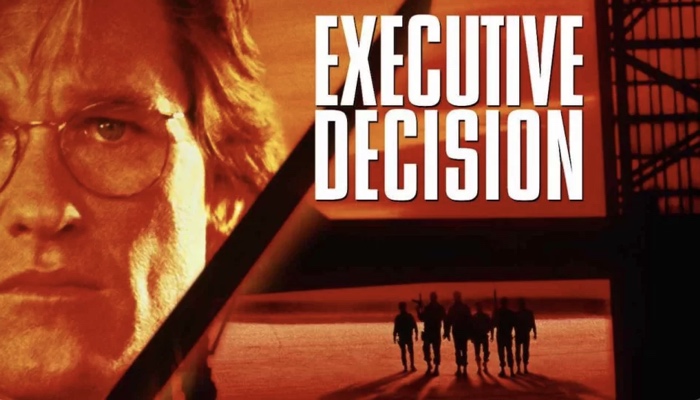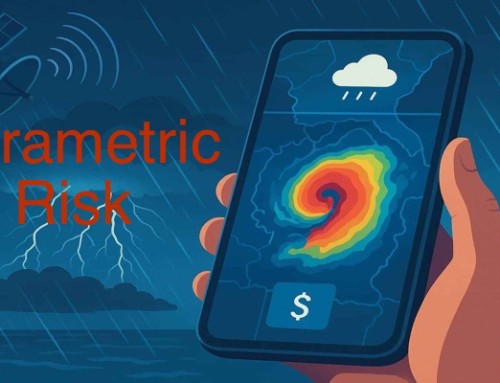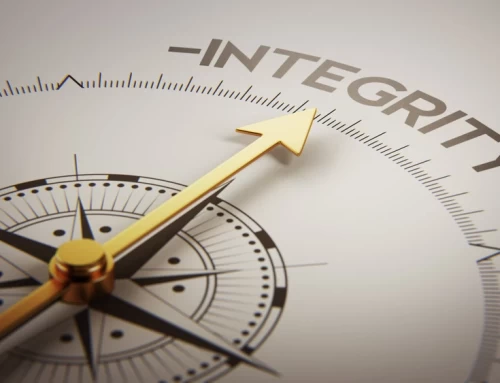Decision-making is a strange skill— you can spend all day in the office analyzing situations and making decisions that determine the future of a business but then you go home and can’t decide what to have for dinner.
There’s a lot at stake when making an executive decision, and not just for Kurt Russell in the film of the same name. Aside from steering your company in the right or wrong direction, the decisions you make as a Chief Executive, Partner or Managing Director will also impact your personal strategy and process. The more senior your role, the longer the impact your decisions will have on a wider range of areas.
Some of us are natural decision-makers while others need to learn how to master this skill. Before looking at some advice on how to make executive decisions with confidence, let’s understand the different types of decision maker.
What type of decision maker are you?
According to research from Harvard, decision-makers can be identified as maximisers or satisficers:
- A maximiser will take in as much information as possible. They will investigate and research, listen to advice and read the statistics. The decision often takes longer to make but it is more often the right one.
- Satisficers are better at those decisions that are time-sensitive. They might rely on their instincts rather than evidence. There’s more risk of making the wrong decision in such an approach but time is sometimes a luxury we don’t have
You can further divide decision-makers into four more subcategories:
- The Decisive: These decision-makers depend on those around them for fast and accurate details to make their decision and then carry it out. They are excellent at completing one plan and then looking at the next set of decisions to be made
- The Flexible: Speed is still an important trait but there’s room for change in case the decision appears to be wrong. Again, this may only be suitable for certain situations when flexibility can be an option
- The Hierarchic: Such executives will require more time than the Decisive and the Flexible as they want to gather and analyze as much information as possible. They will also look for others to add information to the process
- The Integrative: To make the right decision, the Integrative will look for as many inputs as possible. They will even consider the opinions of people they don’t generally agree with
10 tips for making executive decisions with confidence
So here are our Top10 tips:
#1. As you continue to advance in your executive career, decisions will become more complex. That’s unavoidable. You need to understand that decisions at more senior levels are more strategic. To be effective, you should involve everybody who has a relevant role in the process. Gain more insights to improve the decision-making process as well as your leadership skills—team members like to know their opinion matters.
#2. The first stage of the process should be to set a deadline for the decision to be made. It’s essential that you always stick to these deadlines. As soon as you miss one or two the habit will remain, and this opens the door to procrastination.
#3. Use pen and paper—colours if necessary. Being able to see problems on paper and then organize solutions and decision-making information into tools like mind maps or Venn diagrams will help you visualize the situation clearly.
#4. Look at the ‘what ifs’ for each situation: the result of one action and its consequences. Play out the best case and the worst case of your decision. This enables you to see both extremes and remember it’s not negative, it’s realistic.
#5. Encourage collaboration from your team. They are on the ground; they are party to particular information that executives often don’t have and this can be crucial for the right outcome. Again, being part of the decision-making process makes them feel like a valuable part of the project.
#6. Not every decision has to be a huge one that might lead to a huge negative consequence. Breaking down larger decisions into smaller ones will also break down the risks of a bad decision. It will also help you create a new plan of action to minimize collateral damage.
#7. Remember to take advantage of your networks. It’s likely that you know someone who has been in a similar situation or had to make a decision that is related to your own. Connect with others for inspiration. They are resources to be used.
#8. Consider your ethics, values, and beliefs. Does your decision go against these core concepts… and, if it does, can you really say it’s the right decision?
#9. Use the available time to gain as much information as you can. Ask others to help you prepare research if necessary. Store all the information you gathered in an organized system so that it is ready in case it can be handy for other decisions in the future.
#10. Talk to your (business) partner if you need that final piece of input. Present the facts in a non-biased manner and see if they can’t come up with that last input or perspective that will provide you with more clarity that you’re choosing the right path.
To conclude, executive decision making requires information, collaboration and, whenever possible, adequate time. It can be a daunting process when there’s a lot on the line. Don’t let the wrong decisions destroy your confidence for the next decision; equally, don’t let too many right ones encourage you to make hasty decisions in future.
If you want a job abroad, visit our jobs portal to see the latest vacancies.







Leave A Comment
You must be logged in to post a comment.